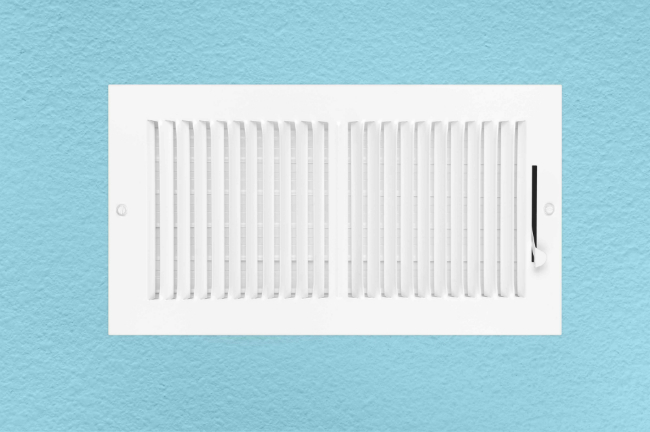"Cooling capacity" doesn’t mean the amount of coolness your air conditioner holds, and "tons" doesn’t refer to how much the unit weighs. Confused yet? Air conditioners don’t manufacture coolness; they move heat. Coolness is simply the state that’s left behind after heat energy is extracted from indoor air and dispersed outdoors. The capacity of an air conditioner is the metric that expresses the amount of BTUs of heat energy the unit moves out of your home in one hour. That metric, oddly enough, is tons.
Why Tonnage?
In the pre-A/C days when horse-drawn wagons delivered enormous blocks of ice carved out of the Hudson River to New York City ice houses, scientists determined how many British thermal units (BTUs) of heat energy a one-ton block of ice absorbed from the air as it melted over a 24-hour period. That figure was 288,000 BTUs, or 12,000 BTUs per hour.
Even after Willis Carrier invented air conditioning in the 1920s and began putting ice houses out of business, the use of "tons" remained the standard to represent cooling capacity. The cooling capacity formula for a three-ton residential central air conditioner, therefore, 36,000 BTUs (or 3 x 12,000 BTUs) of heat removed every hour. The greater the tonnage of air conditioner capacity, the more heat it moves out of your house every hour and the more cool comfort is left behind.
Determining Cooling Capacity Needed in Your Home
Your qualified HVAC contractor can perform a cooling load calculation using software that crunches data about your home's unique thermal characteristics, and generates the precise BTUs of heat that need to be removed from the house every hour to maintain a cool temperature. With that info, the right A/C with the appropriate tonnage rating to handle that cooling load can be selected.
For more information on determining the cooling capacity of your air conditioner, check out Bryans United Air Conditioning's A/C solutions, or call 504-208-2071.
Image via Thinkstock


